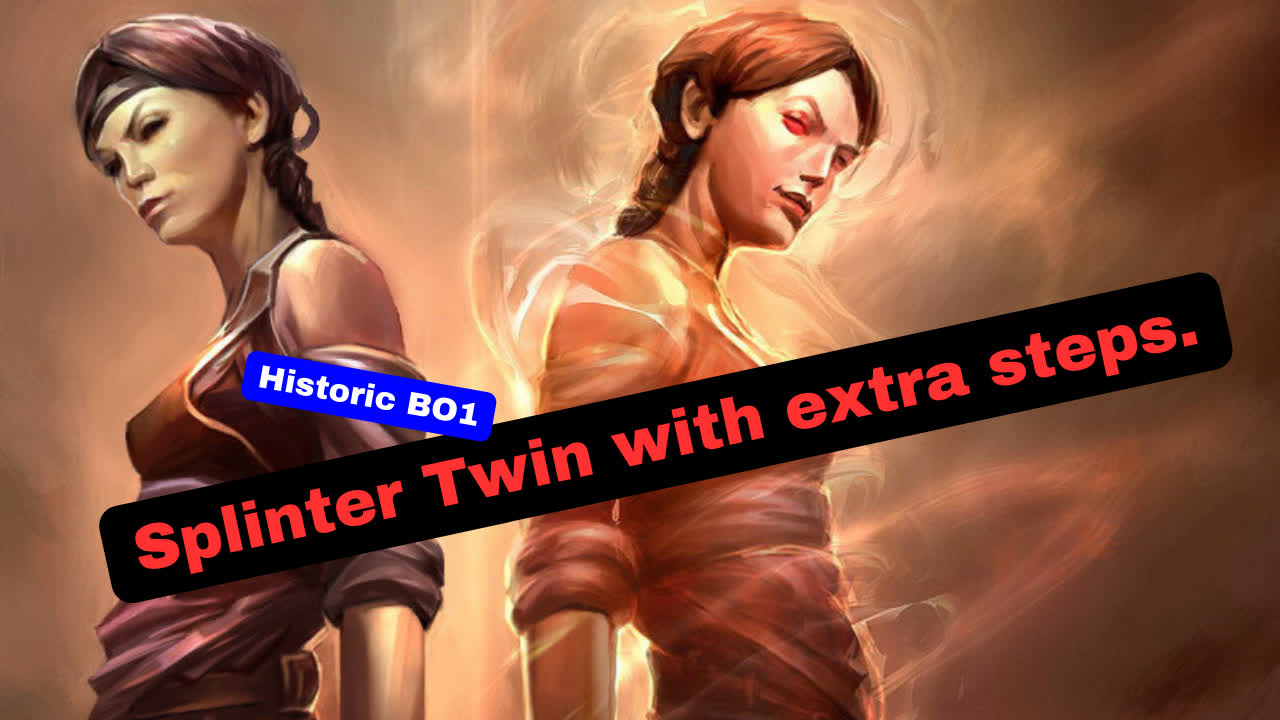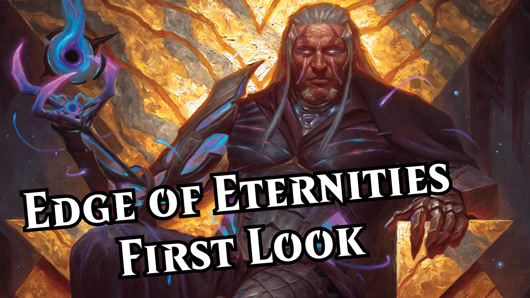Today's deck is a best-of-one combo deck leveraging the beloved Commander staple Sun Titan as well as a card known for causing a ruckus in Standard alongside Felidar Guardian, Saheeli Rai. The idea is simple, use Sun Titan's ability to reanimate Saheeli Rai, then copy it. If a second copy of Saheeli Rai is in your graveyard, the legend rule will put the first one back, then use your remaining Saheeli to make a new Sun Titan copy and repeat the process until you have enough hasty 6/6s to win the game.
The core combo resembles the Modern classic Splinter Twin + Pestermite combo, except this one requires a bit more setup.
Primary Setup
Sun Titan entering kicks off our combo and it is a six-drop. Waiting until turn six in Historic is a recipe for disaster, so we need to speed up the titan's arrival. Given that the combo requires our graveyard to be stacked to work, I decided to go the reanimation route with Unburial Rites. If large early mills go our way, we can execute the combo as quickly as turn four and we don't even have to draw the Rites.
Our ideal turn two includes Founding the Third Path and Glimpse the Unthinkable. We won't read ahead on Founding, but simply free cast the Glimpse out of our hand targeting ourselves. Our goal is to get an Unburial Rites, Sun Titan, and two Saheeli Rais into the graveyard, which won't likely happen on one go but the Founding throw an additional four in next turn for luck.
If the mills don't get us there, we have Faithful Mending and Faithless Looting as ways to jettison the combo pieces into our graveyard while making sure we hit our land drops. These two spells also have flashback, so milling them on two means we can curve into them on three.
The Mana Base
While the deck is primarily red, blue, and white, there is a black splash for Glimpse the Unthinkable and Unburial Rites. Ideally, you'll cast Glimpse off of Founding the Third Path and Rites for its 3W flashback cost, making the black mana unnecessary, but having the flexibility to hard cast them is valuable. Four Mana Confluences are here for this reason even though it's not generally ideal to have your own mana base attack your life total. Because the deck is capable of going infinite, I decided to prioritize casting spells on time over the pilot's health. This does speed up the clock our aggro opponents are putting us on, so we'll need to be careful about that. If you, at home, would prefer removing these in favor of more surveil lands or even pathways, I certainly wouldn't be offended.
Earlier versions of the deck included Raugrin Triome, Savai Triome, and Xander's Lounge, but I found there was rarely a good time to play these lands out and having so many tapped lands often prevented a turn four combo hit that could have otherwise gone off. Given the propensity of energy, Aether Hub was a consideration that I haven't included yet, but might in the future.
Interaction Suite
If you've been playing any non-Standard format in the past month, you've probably seen Galvanic Discharge and Wrath of the Skies. They're the new backbone of both aggressive and control archetypes in Historic and Timeless because they're, frankly, insanely powerful for how little they cost. Since they're in our colors, they're in our deck to combat the very aggro-focused best-of-one ladder, and with each costing one or two mana, we aren't even giving up significant tempo as we cast our mill and loot spells around them. I had attempted to make this deck work prior to these additions, but the deck lacked survivability. Adding such generically useful removal into the deck gives us survivability to complete our setup.
Sink into Stupor is a great card because it's one of our land drops, but can also be a key tempo against midrange decks or opposing combo decks. It's not as generically handy as Galvanic Discharge, but it provides an effect that can buy time and avert disaster if our opponents are about to pop off.
Why Not Best-of-Three?
While best-of-three is generally my preferred format, I don't believe this deck is a good fit for it. Our entire strategy hinges on having access to our graveyard for one big, explosive turn that can get easily disrupted by any number of graveyard hate cards. Graveyard hate cards that are incredibly common out of side.
Someday, I'll probably attempt a best-of-three version of this deck, but the sideboard would be made up of cards like Disenchant or Witch Enchanter to proactively board in cards that can hate out the graveyard hate pieces. Glass cannon graveyard decks like this are a well-known enemy to many MTG players and rarely will they not have tools necessary in the board.
A Notable Exclusion
Fable of the Mirror-Breaker is an insane card that I had in a previous build of this deck. Chapter two filters cards like we want to do, and having the goblin shaman on board gives us a chump blocker or mana fixing for our big turn, but at three mana, it doesn't set up our combo as well as I wanted it to. In that build, it was a four-of and I was discarding it to Faithless Looting far too often for my taste. Prioritizing those deck slots on early interaction and cards with flashback proven more consistent and, frankly, fun. In fair back-and-forth matches, Fable can easily be the deciding factor, but our deck hopes to pop off and end the game long before a Reflection of Kiki-Jiki becomes relevant.
Conclusion
Any excuse to jam my boy Sun Titan alongside the absolute classic Unburial Rites is a great time in my book, so this deck checks all my boxes. I'm also very glad at how well the MH3 removal suite supports our combo and mana curve. If you're looking for a fun deck that can climb the best-of-one Historic ladder reasonably, I think this deck can do it.
Thanks so much for reading, and happy brewing!



















